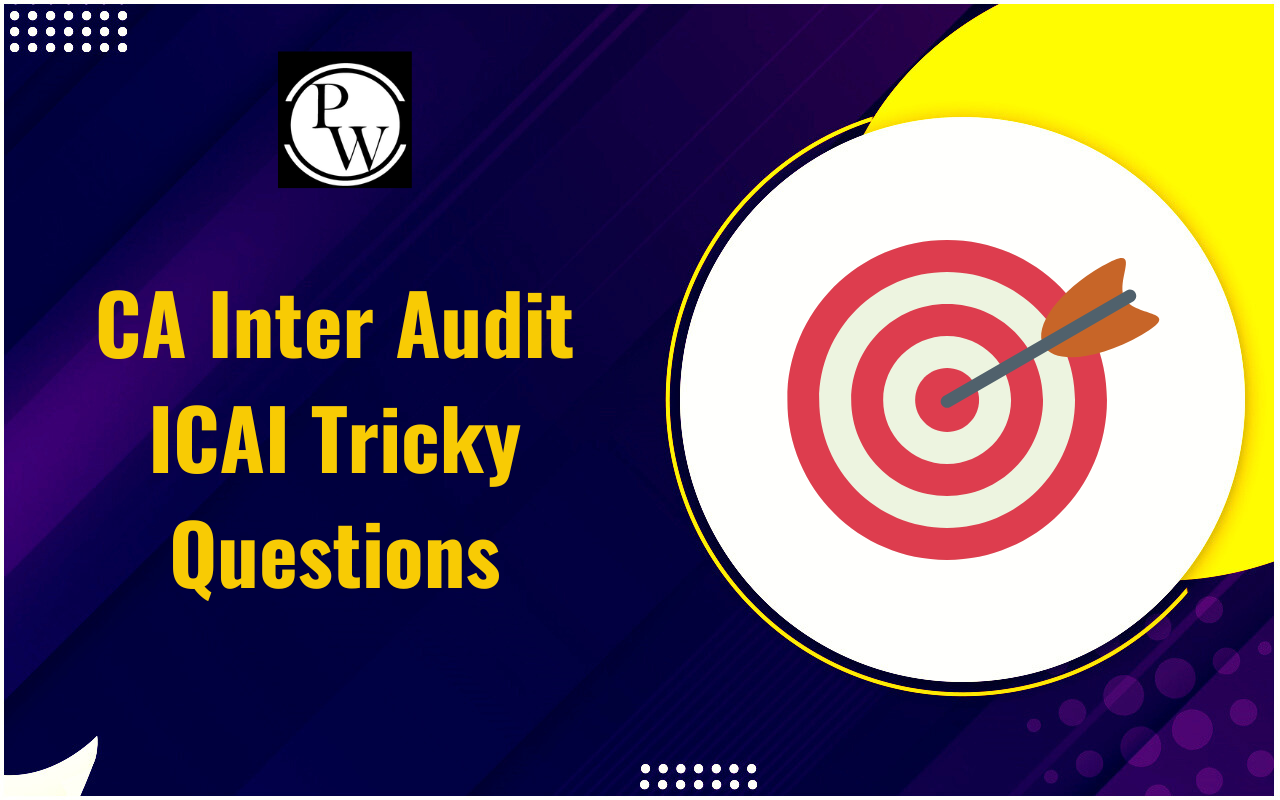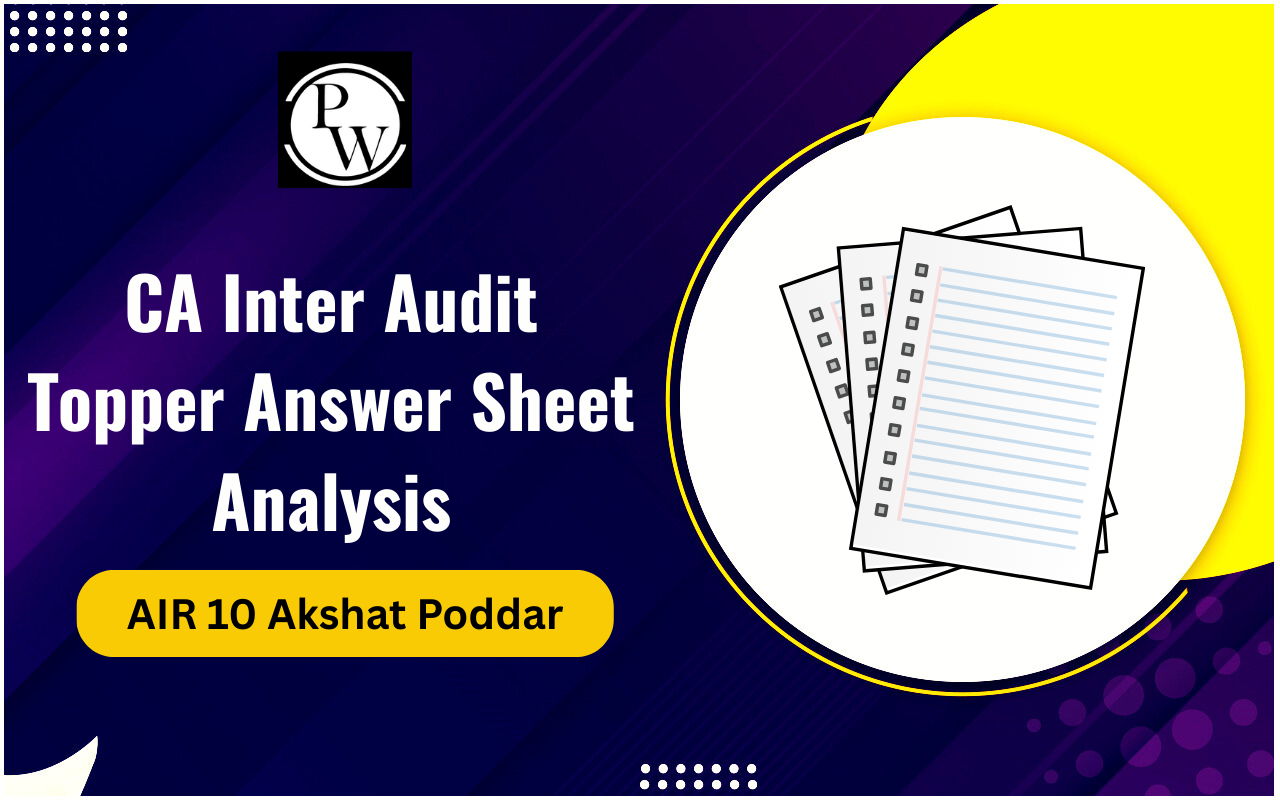
Mastering the art of working capital management is vital for lasting success in today's ever-changing business landscape. This detailed guide will help you grasp the ins and outs of managing working capital, highlighting its importance, main goals, and useful tactics.
With a solid understanding of working capital management for CA Exams , you'll be ready to tackle financial hurdles, improve cash flow, and propel your business towards consistent growth and profitability.What is Working Capital Management?
Working Capital Management is vital for business success. It involves handling the money a company has available for day-to-day operations. This money is what remains after covering immediate debts. By efficiently handling its assets and debts, a company ensures smooth operations. A simple ratio analysis helps measure how well this is done. Working capital indicates a company's financial health in the short term. It's what's left after subtracting debts due soon from assets. Efficient working capital management means effectively handling leftover cash. Current assets are assets that can be turned into cash within a year. These include cash, accounts receivable, inventory, and short-term investments. On the flip side, current liabilities are obligations due within the next year, like operating expenses and parts of long-term debts. The main goal of managing working capital is to keep enough cash on hand to cover immediate costs and debts. It's calculated by subtracting current liabilities from current assets.Components of Working Capital Management
Effective working capital management involves paying close attention to specific balance sheet accounts. While it's common to compare all current assets to liabilities, focusing on certain accounts is crucial.Cash
The heart of working capital management lies in overseeing cash and its needs. This means forecasting cash requirements, monitoring balances, and optimizing cash flows to ensure there's enough to cover obligations. Cash is a key current asset, but companies should also be wary of restricted deposits.Receivables
Managing receivables is vital for capital management, especially in the short term while awaiting credit sales completion. This includes enforcing credit policies, tracking customer payments, and refining collection practices. Simply making a sale isn't enough if payment collection isn't successful.Accounts Payable
Companies can wield significant control over accounts payable, a crucial part of working capital management. Unlike other elements like sales or receivables, companies can influence payment terms, supplier agreements, and cash outflows.Inventory
Inventory management is pivotal in working capital management, as it poses significant risk. Selling inventory depends on market demand and consumer preferences. Slow inventory turnover can tie up short-term resources, while selling quickly may require heavy price discounts.| Also Check: | |
| Management Accounting | Financial Accounting |
| Auditing and Assurance | Taxation |
| Financial Management | |
Types of Working Capital
In basic terms, working capital boils down to what a company owns (current assets) minus what it owes (current liabilities). But for a company to manage its short-term financial needs effectively, it's crucial to grasp different types of working capital.- Permanent Working Capital: This is the minimum amount of resources a company always needs to keep its business running smoothly without any interruptions.
- Regular Working Capital: It's a part of permanent working capital, specifically the amount required for day-to-day operations. Think of it as the essential chunk of permanent working capital.
- Reserve Working Capital: This is the extra amount of working capital a company keeps for emergencies, seasonal fluctuations, or unexpected events.
- Fluctuating Working Capital: Some companies only want to know about their variable working capital. For instance, they might choose to pay for inventory, which varies, but they still have fixed monthly costs like insurance. Fluctuating working capital only considers variable liabilities that a company has control over.
- Gross Working Capital: This is simply the total value of a company's current assets before taking into account any short-term liabilities.
- Net Working Capital: It's the difference between a company's current assets and its current liabilities.
Why Is Working Capital Management Important?
Improving how a company handles its money can boost its cash flow and overall profit. This involves managing what's known as " working capital ," which is the money tied up in day-to-day operations. This includes keeping tabs on things like how much stock you have, how much money you're owed by customers, and how much you owe to suppliers. Managing working capital also means being smart about when you pay your bills. You can keep more cash on hand by delaying payments to suppliers, or you can spend cash directly. These decisions have a big impact on how effectively your company manages its working capital.Limitations of Working Capital Management
Ensuring a healthy flow of funds is crucial for any business to thrive and expand. However, solely relying on strong working capital management has its drawbacks. This approach mainly deals with short-term assets and liabilities, overlooking the broader financial picture of the company. Consequently, it might prioritize short-term gains over long-term stability. Even with diligent practices, relying solely on working capital management doesn't assure success. The business landscape is unpredictable, making it difficult to foresee how market fluctuations might impact a company's financial resources. Whether it's changes in the economy, customer behavior, or disruptions in the supply chain, the expected working capital may not materialize as planned. While efficient working capital management can prevent financial crises, it doesn't guarantee increased profitability. It doesn't automatically make products more appealing or improve a company's market standing. To enhance profitability, companies must also focus on strategies like boosting sales, managing costs, and other initiatives. As these efforts improve the bottom line, effective working capital management can complement and strengthen the company's position. To learn more about Working Capital Management for CA Exams, enroll now for PW CA Courses!Working Capital Management FAQs
What is working capital management?
Working capital management involves handling the money available for daily operations after covering immediate debts. It ensures smooth business operations by efficiently managing assets and debts.
Why is working capital management important for businesses?
Effective working capital management boosts cash flow and overall profitability by optimizing resources tied up in day-to-day operations. It helps in managing stock, accounts receivable, and accounts payable effectively.
What are the components of working capital management?
The key components include managing cash flow, receivables, accounts payable, and inventory. It also involves monitoring assets and liabilities to maintain financial health.
What are the types of working capital?
Types include Permanent, Regular, Reserve, Fluctuating, Gross, and Net Working Capital. Each serves different purposes, such as ensuring smooth operations, managing emergencies, and evaluating financial health.
What are the limitations of relying solely on working capital management?
While it's crucial for short-term stability, working capital management may overlook long-term financial health. It doesn't guarantee increased profitability and may not fully prepare for unforeseen market fluctuations or disruptions.
🔥 Trending Blogs
Talk to a counsellorHave doubts? Our support team will be happy to assist you!

Check out these Related Articles
Free Learning Resources
PW Books
Notes (Class 10-12)
PW Study Materials
Notes (Class 6-9)
Ncert Solutions
Govt Exams
Class 6th to 12th Online Courses
Govt Job Exams Courses
UPSC Coaching
Defence Exam Coaching
Gate Exam Coaching
Other Exams
Know about Physics Wallah
Physics Wallah is an Indian edtech platform that provides accessible & comprehensive learning experiences to students from Class 6th to postgraduate level. We also provide extensive NCERT solutions, sample paper, NEET, JEE Mains, BITSAT previous year papers & more such resources to students. Physics Wallah also caters to over 3.5 million registered students and over 78 lakh+ Youtube subscribers with 4.8 rating on its app.
We Stand Out because
We provide students with intensive courses with India’s qualified & experienced faculties & mentors. PW strives to make the learning experience comprehensive and accessible for students of all sections of society. We believe in empowering every single student who couldn't dream of a good career in engineering and medical field earlier.
Our Key Focus Areas
Physics Wallah's main focus is to make the learning experience as economical as possible for all students. With our affordable courses like Lakshya, Udaan and Arjuna and many others, we have been able to provide a platform for lakhs of aspirants. From providing Chemistry, Maths, Physics formula to giving e-books of eminent authors like RD Sharma, RS Aggarwal and Lakhmir Singh, PW focuses on every single student's need for preparation.
What Makes Us Different
Physics Wallah strives to develop a comprehensive pedagogical structure for students, where they get a state-of-the-art learning experience with study material and resources. Apart from catering students preparing for JEE Mains and NEET, PW also provides study material for each state board like Uttar Pradesh, Bihar, and others
Copyright © 2025 Physicswallah Limited All rights reserved.






